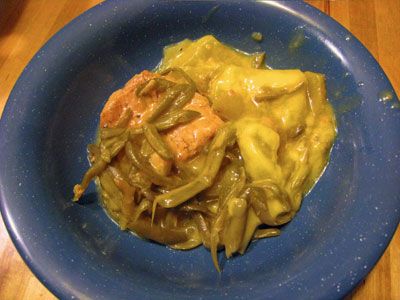
Last week I shared about George Washington: Frontier Colonel by Sterling North and I thought I’d stick with the same author before we jump into a bunch of books on the American Revolution.
Usually when I’m browsing at a book sale, I’m checking the spines for that familiar logos from Landmark Books or Winston Adventure, then I’ll read the title to see if it’s one I already own. I’m also giving it a quick once over for condition and normally I would have passed up the book I’m sharing this week. But I recognized the title as a dearly loved Disney movie I’d once seen and wonder if it could be the same – and it was!
It turns out my copy was a special edition published for members of the Peoples Book Club as a Walt Disney Production. (The movie wasn’t released until 1948 so this might have been to help people become familiar with the story in hopes they’d head out to the theater). So the bibliography I’m including is actually a different edition of the book.
So Dear to My Heart. North, Sterling. Garden City, NY: Doubleday, 1947. 255 pp.
This story, rich in nostalgia, takes place in southern Indiana in 1903. Fulton Corners had a blacksmith, a general store and a railway station. If you ordered something from the Sears and Roebuck catalog it would be shipped on Old Engine 99, but normally it chugged through town without stopping on it’s way to or from Indianapolis. It really was a red letter day then when the train whistled for a stop and the champion trotting horse Dan Patch was led from his private car in need of a new horseshoe.
Jeremiah Kinkaid must have had that day in mind when he took in the little black lamb abandoned by its mother and named him Danny. Jeremiah and his Granny lived alone on the farm and raised sheep for wool and who wants black wool which can’t be dyed with beautiful colors and woven into blankets (Granny calls them “kivers” in her dialect)? Now that you know this is a story about a boy and his pet you may be recalling other similar stories: Old Yeller, The Yearling, Where the Red Fern Grows. Things don’t turn out so well for the pet in those books. I won’t be spoiling anything to say that So Dear to My Heart is nothing like that. After bottle-feeding and raising the lamb, the boy begins grooming Danny to enter in the county fair.
There are trials along the way (it wouldn’t be much of a story if there weren’t any conflict)—where Jeremiah sees greatness others see a troublemaker: Danny is always tearing up the garden and breaking through the screen door. Granny is always threatening to sell the sheep off and has no plans to waste money on taking the train to the fair. Jeremiah starts selling sassafras roots to the storekeeper as a fund raiser and then lucks into finding a bee tree laden with marketable honey. When he returns home with money for the train he discovers Danny has bolted again, this time with a fierce storm on the way.
When Jeremiah does take Danny to the fair he discovers he only has a sheep that has been well loved and cared for up against registered rams with a long line of sires and dams. The blue ribbon is out of reach. If you make it this far, don’t close the book in disgust –there’s something far better in store.
My only objection to the tale is the character of Granny Kinkaid. She’s portrayed as a Christian but one who sees devilry and witchcraft behind every bad event. She can quote the scripture when it suits her side of the argument but hates to have it used against her. Throughout the book she accuses Jeremiah’s mother (her daughter in law) of being a ” fiddle-playin’, traipsin’ woman” even in front of the boy himself. When she learns in the end that this woman was not responsible for her own son’s death (Jeremiah’s father), there’s hardly a shred of repentance—Granny just says she’ll have to change the verse of the song she wrote about the tragedy. Still, I’m going to recommend the book or at least watch the movie.
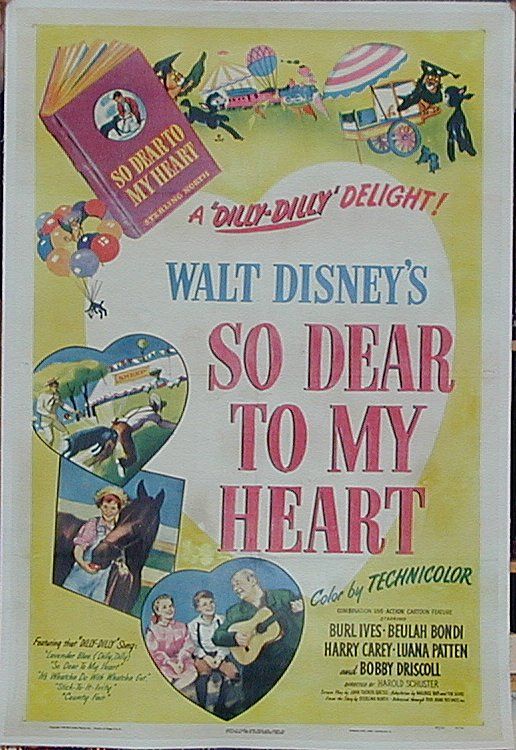
There’s a story behind this book and I’ll share what I know but I wish I could find out more. Sterling North originally wrote a 125-page book called Midnight and Jeremiah which was published in 1943 by the John C. Winston Company. When Walt Disney read it, he was immediately reminded of his own childhood growing up on a farm (in my state of Missouri!) and set about to turn it into his second live-action film (Song of the South was the first). Apparently, when the film was in the works the author went back and expanded the story because the name of the sheep was changed from Midnight to Danny and the book was stretched to over 250 pages.
You can see all my rescued books by clicking here.
I’m linking up with:
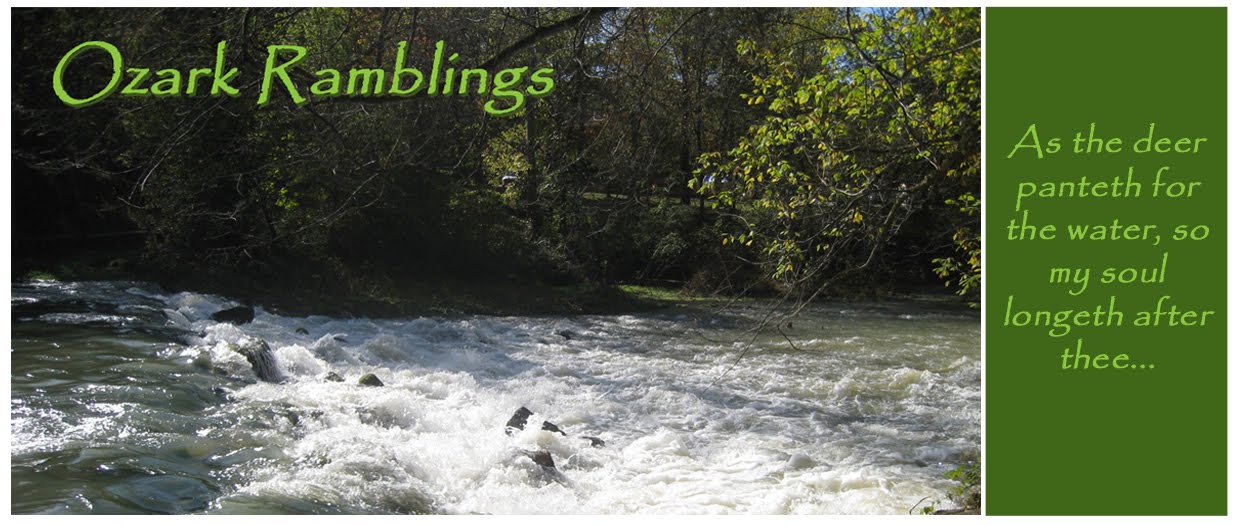

 co-op as we wrapped up Lesson 7 in Human Anatomy and Physiology. The experiment in the book is to type your own blood. Blood Typing kits run about $10-13 each--too rich for for everyone in our co-op to have their own. There also seemed to be sighs of relief around the table when the boys learned I wouldn’t need any volunteers (we did buy one kit, more on that later). I needed several other activities to keep the boys busy (our one girl was recovering from surgery--Get Well Soon E.M.!). Here's what we did....
co-op as we wrapped up Lesson 7 in Human Anatomy and Physiology. The experiment in the book is to type your own blood. Blood Typing kits run about $10-13 each--too rich for for everyone in our co-op to have their own. There also seemed to be sighs of relief around the table when the boys learned I wouldn’t need any volunteers (we did buy one kit, more on that later). I needed several other activities to keep the boys busy (our one girl was recovering from surgery--Get Well Soon E.M.!). Here's what we did.... 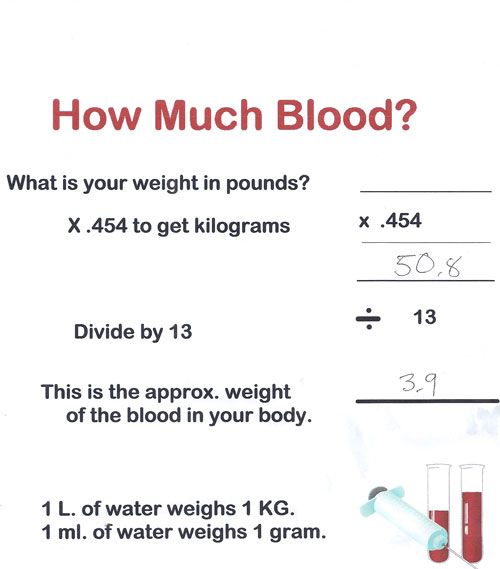 Then we set out to figure how much blood was in their bodies. I kept things in the metric system so we could compare liters to liters (it also help that 1 liter of water weighs 1 kilogram). I made this worksheet for the boys including a step to convert from pounds to kilograms but before we started the lab I found a switch on the bottom of my scale to measure kg so we were able to skip that step.
Then we set out to figure how much blood was in their bodies. I kept things in the metric system so we could compare liters to liters (it also help that 1 liter of water weighs 1 kilogram). I made this worksheet for the boys including a step to convert from pounds to kilograms but before we started the lab I found a switch on the bottom of my scale to measure kg so we were able to skip that step.
 George Washington: Frontier Colonel
George Washington: Frontier Colonel  of traditions/consistency to my son called
of traditions/consistency to my son called 
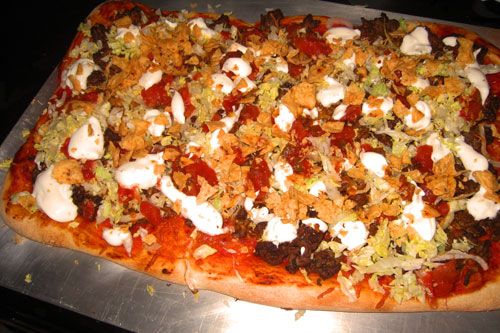
 On February 14th in 1764, a fourteen year old boy leading a group of about 30 men established a trading post just south of the confluence of the Missouri and Mississippi rivers. Or it could be the 15th – apparently poor penmanship on the part of the founder will leave the actual day a mystery—is it an open 4 with one side much higher than the other or a 5 with a serious upward slant? (see boys, someday you may be documenting an important event so good handwriting does matter). To muddy the waters even further (get it—muddy waters…Mississippi river?), someone wrote over the original February and wrote March. Well, the city is holding the anniversary this weekend and that’s good enough for me. My son and I read all about the original event in today’s rescued book.
On February 14th in 1764, a fourteen year old boy leading a group of about 30 men established a trading post just south of the confluence of the Missouri and Mississippi rivers. Or it could be the 15th – apparently poor penmanship on the part of the founder will leave the actual day a mystery—is it an open 4 with one side much higher than the other or a 5 with a serious upward slant? (see boys, someday you may be documenting an important event so good handwriting does matter). To muddy the waters even further (get it—muddy waters…Mississippi river?), someone wrote over the original February and wrote March. Well, the city is holding the anniversary this weekend and that’s good enough for me. My son and I read all about the original event in today’s rescued book. 

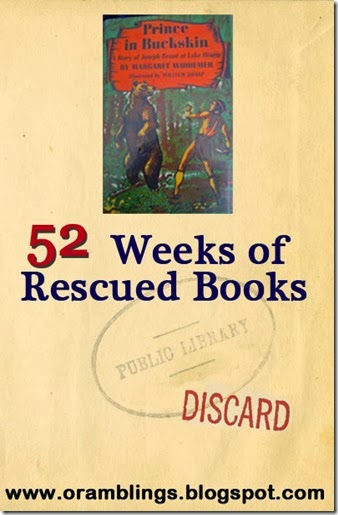

 Last Friday was one of those really good days. My son and I had our school wrapped up by noon. We went to a friend’s home for science co-op and then some play time. Because I had put dinner in the slow cooker before we left, I could let Schnickelfritz play longer and (and I could spend more time with the other moms) without that nagging little voice in my head asking “What’s about dinner?”
Last Friday was one of those really good days. My son and I had our school wrapped up by noon. We went to a friend’s home for science co-op and then some play time. Because I had put dinner in the slow cooker before we left, I could let Schnickelfritz play longer and (and I could spend more time with the other moms) without that nagging little voice in my head asking “What’s about dinner?” 